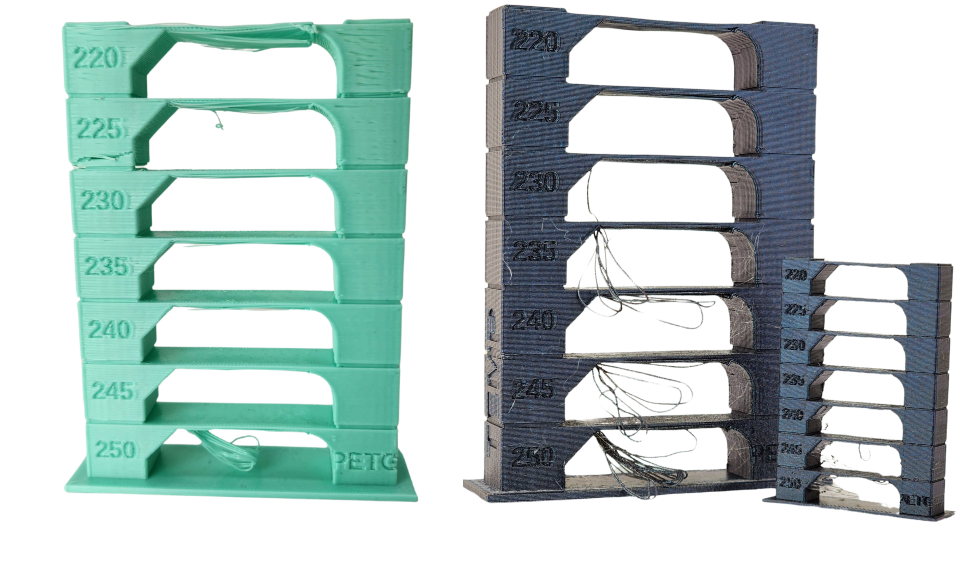3d Printing With PETG
Why PETG?
PETG is a favorite filament among 3D printing hobbyists. It offers an excellent balance of strength, flexibility, and ease of use, while only being slightly more difficult to print than PLA. Though PETG is not quite as strong as PLA, it offers a variety of unique properties that might be suitable for your next project.
The core benefits to using PETG are improved resistance to high temperatures, greater flexibility, and increased resistance to water and other chemicals. It also features low shrinkage and minimal warping, meaning it's easier to print with than other specialty materials like ABS. PETG is an ideal material for prints that are going to be exposed to rougher environments due to it's temperature resistance. It's also a great material for prints that require slight flexibility, such as snaps, buckles, and other mechanisms. PETG also offers good layer adhesion and can be printed at relatively low temperatures, making it compatible with a wide range of 3D printers.
Here at CookieCAD, we like to print with the following specifications. All data was experimentally determined on Prusa Mk3s printers:
Nozzle Temperature
While most people recommend printing PETG around 240°C, we find many different PETGs to print well anywhere between 220-245°C. After testing on our own lineup of PETG, we've found that different coloring additives drastically effect proper printing temperature. Every printer also prints slightly differently, so the only way you're really going to optimize your system is by printing a temperature tower. See Teaching Tech's temp tower g-code generator and enter your own printers specifications. Alternatively, there are a wide variety of other tools available online to help you generate temperature towers.
See below for two CookieCAD PETG temperature towers, and notice the different temperatures at which they bridge and string:

On the left, you can see CookieCAD mint green printing best around 240°C, while on the right, CookieCAD dark magic is printing best around 225°C.
If you are struggling with strength or adhesion, you try slowly increasing your nozzle temperature. If you are struggling with stringing, try lowering the temperature. With regular ptfe lined hot ends (like the ender 3), you can go up to 240°C. Beyond this, the teflon tube which touches the nozzle can begin to break down and release toxic fumes. With an all metal hot end on the other hand, you can go up to 260°C.
Bed Temperature
We find that PETG prints best on textured PEI build plates at 75-90°C. That said, you can absolutely try lower if you want. We recommend textured because smooth PEI beds can stick too well, damaging the surface when the print is removed.
Cooling
PETG does not require intense cooling like PLA, though it can often handle it. Contrary to popular advice, we print with the same cooling settings as if we were using PLA. It hasn't made a different in our testing. That said, try reducing the cooling by up to 50% if you are getting weak prints.
Conclusion
Ultimately, PETG often prints like PLA but hotter, and the only way you're truly going to dial it in is to print with it. Make a temperature tower, see how your adhesion is, and don't forget that 3D printing isn't just about upgrading and fine tuning your machine, it's about making things.